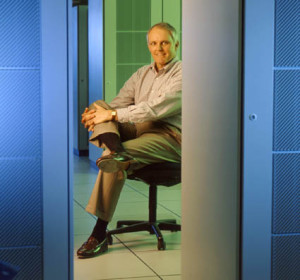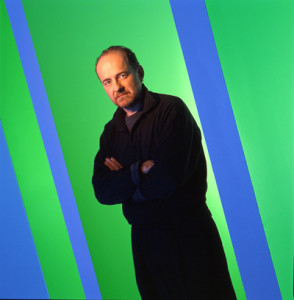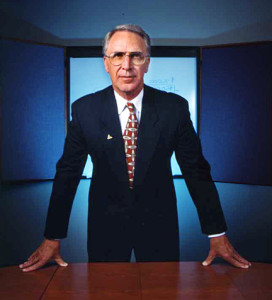[wptouch target=”mobile”]Photographers are often asked to photograph a variety of subjects on location. These can range from portraits to manufacturing facilities, products, and much more. Clients want you to photograph their businesses, their people, their products, and manufacturing. This course will show you what equipment works best on location, how it works, and how to photograph people, products, and your clients business in the best possible light.[/wptouch]

Photography is all about light! And photographers are often asked to photograph a variety of subjects on location. These assignments can range from portraits on location to manufacturing facilities, building interiors, products, and much more. Clients may ask you to photograph their business including their people, their products, and their processes.
Photographing on location creates a new set of challenges to the professional photographer. Working in the studio can be accomplished with a small space and some lights, but working on location often requires you to work in larger environments and presents technical challenges not present in the studio. Lots of thought, creativity, and photographic skill go into making location photographs portray our client’s products and services in the best light.

There are lots of lighting techniques, tips, and tricks that you can use to create effective images on location. If you want to specialize in location photography, do you have the skills and techniques to do that? Lighting on location is a very complex subject and any successful photographer will tell you that lighting is one of the most important aspects of great photographs.
If you understand your camera and the basics of photography, then you are ready for Secrets of Lighting on Location. In this course you’ll receive some in-depth and insightful lessons on lighting and how it works! You will gain a powerful understanding of light, both in its quality as well as its direction; not only which light or lights to use, but when and where you should apply them!

Do you know how to light a portrait in a manufacturing facility and blend your strobe lights with the ceiling lights? Do you know how to light a large machine or a room interior? Do you know what light modifier to use for lighting metal or how to use a color meter? Can you correctly place highlights to make a giant machine look incredible? If you ask any of these questions, each and every one will be answered in this course.
Every lesson you receive includes examples of photo shoots with many featuring lighting diagrams showing placement and the strategy used to capture the best possible shot. And every lesson you receive is written in an easy to understand text and amply illustrated with color photos. If you are serious about mastering location photography this course will pay for itself a hundred times over!

What’s covered:
Introduction to the principles of lighting theory and concept, equipment, lighting tools, accessories, and basic lighting setups.
Photographing people on location including portraits in a variety of locations.
Photographing corporate, industrial, and business locations including people at work in offices, and manufacturing plants.
Managing lighting color on location. How to get perfect color at locations with less than perfect lighting color.
Location techniques for advertising and editorial assignments.
This course includes written and video lectures for easy understanding. See what’s inside this course.
Instructor: Charlie Borland has been a commercial and stock photographer for over 30 years. He has photographed for a wide range of clients including: Xerox, NW Airlines, Fujitsu, Tektronix, Nike, Blue Cross, Nationsbank, Precision Castpart’s Corp., Mentor Graphics, Texas Instruments, Pacificorp, Cellular One, Sequent Computer, Early Winters, Cascade Bancorp, and AGC. His imagery has been used thousands of times worldwide and a sampling include: National Geographic Adventure and Traveler, Outside, Women’s Sport and Fitness, Newsweek, TV Guide, CIO, Sports Illustrated for Women, Time, Backpacker, Sunset, American Photo, Outdoor Photographer, Eco Traveler, Southern Bell, to name a few. Charlie is the co-author to Understanding Flash and the author of Outdoor Flash Photography and has been teaching for over a decade and teaches several courses here.
Note: If you do not have lighting equipment but wish to acquire some, here is a list of recommended gear for this course.
